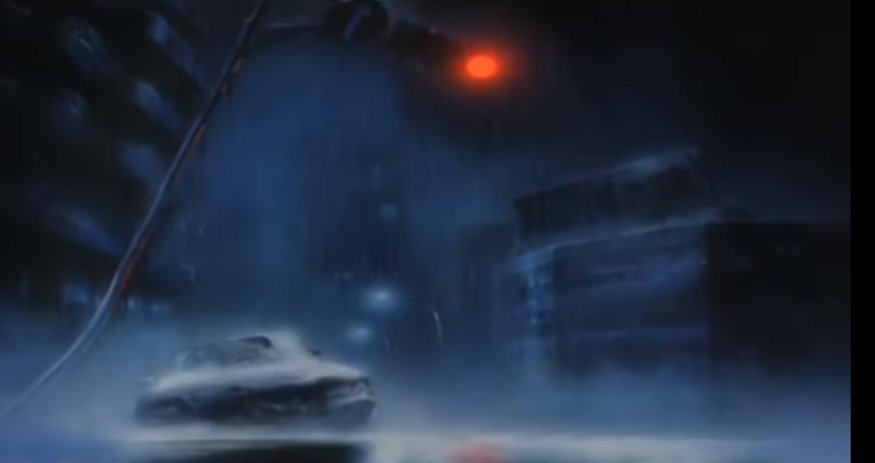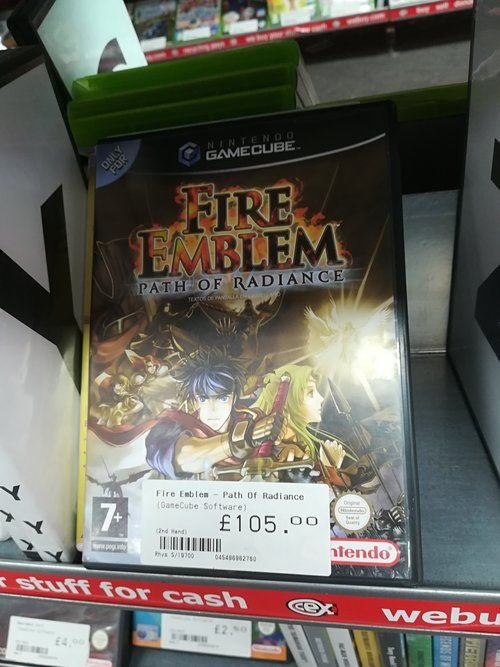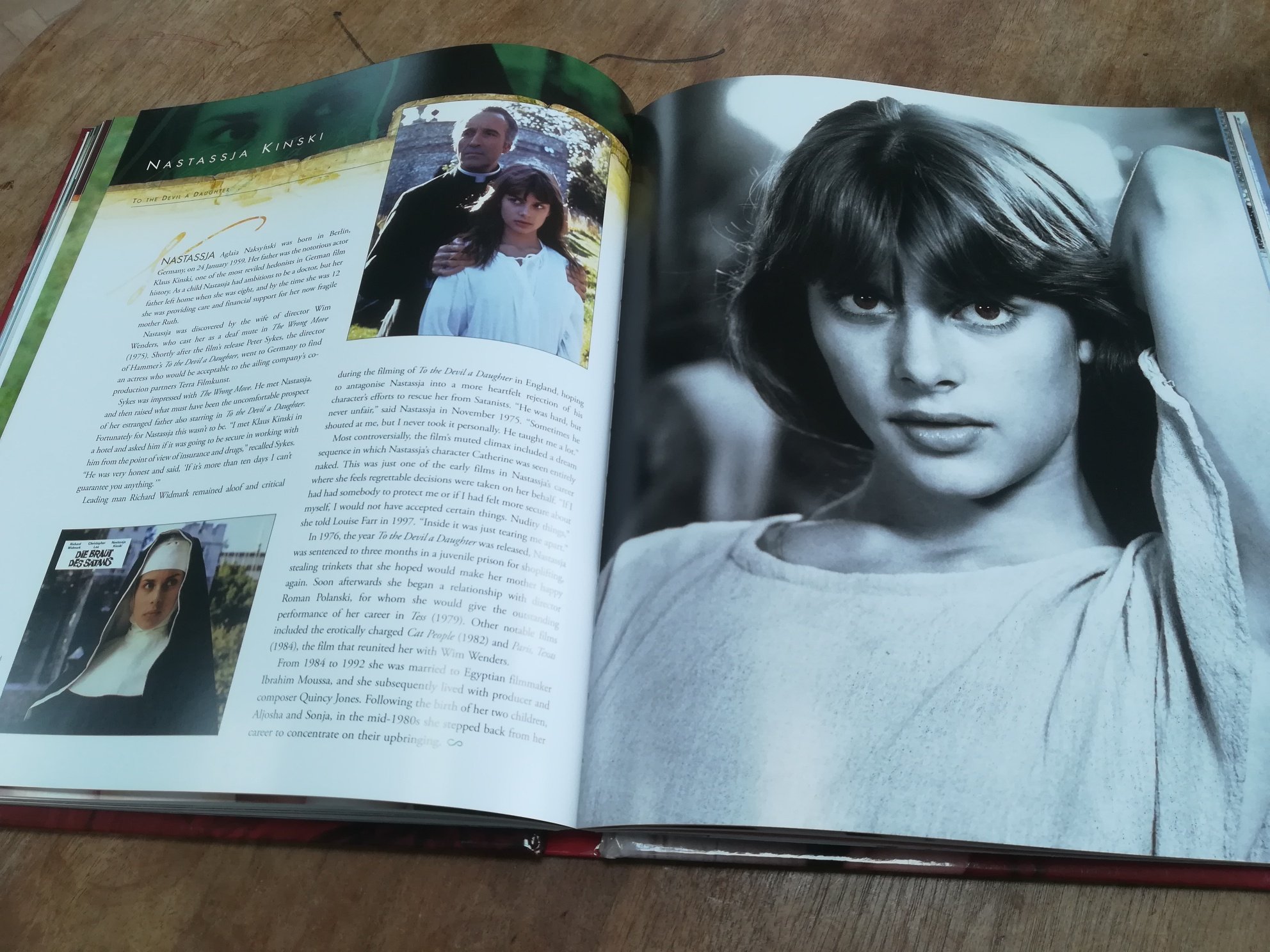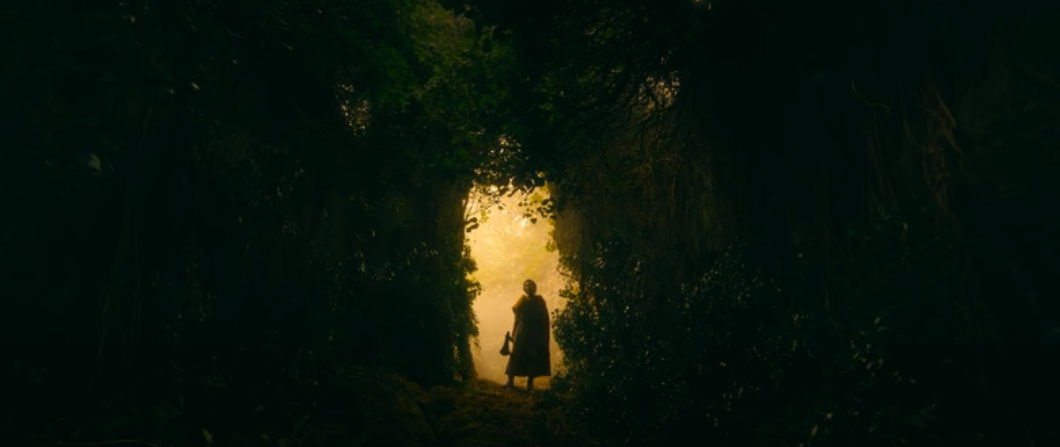Rumiko Takahashi might be better known for her quirky comedies and romance tales but her Rumik World series showed her sharper, horror tinged edge. Her Fire Tripper run in Manga Mania was the first complete manga series I read and I purchased quite a few of the OAV adaptations from the Rumik World anthology series including Fire Tripper, Laughing Target and Maris the Wonder Girl.
One of the Rumik World films I had not seen but had read a bit of was Mermaid's Scar. I had picked up a grab bag from my local comic shop and it contained an issue of Mermaid's Scar comic in it but this was not the whole run. I'd only read this one comic and wanted to read more but never found any other issues. Also, I don't think the film was released in the UK. Setting out to right this wrong (and to gain closure after nearly 30 years), I sat down to watch it alongside it's companion piece Mermaid Forest. This is my review for Mermaid's Scar as I have already reviewed Mermaid Forest before.
Whilst doing some research about the film, I found that Mermaid's Scar is one of the many tales that makes up the Mermaid Saga. The series apparently ran sporadically in Japan and the premise is based on the Yao Bikuni, or Happyaku Bikuni legend, where eating the flesh of a mermaid will grant immortality or turn you into a terrible monster called a 'lost soul'.
The series follows Yuta, a young man of about 18 years old, who eats the flesh and is thus immortal. He seeks a way to gain his mortality whilst undergoing The Littlest Hobo or The Incredible Hulk TV show style adventures where he helps people before moving on in his quest.
In Mermaid's Scar, Yuta is joined by Mana, a young woman of similar age and affliction. In this OAV, we are not told how they met but they pass each other off as siblings and travel together.
They meet a young boy, Masato, who is travelling alone to meet up with his mother who lives in a mansion on top of some dramatic cliffs overlooking the ocean. The pair find work at a local building site nearby and see that the relationship between the boy and his mother is terse and abusive. Is there more to this ralationship than meets the eye? Well, when a Lost Soul turns up I'd say yup!
This is a darkly violent OAV with its fair share of blood including someone being shot, piano wired, tied in barbed wire, stabbed with scissors, strangled and then potentially beheaded with an axe. So yes, this isn't (or rather IS) very much your grandpa's Takahashi. The tale is about the perils of losing your humanity when you live forever and Masato comes across as a real price if work, selfish and self-centred, like any 800 year old 10 year old would be.
This OAV is well animated and the music really sells the mood. It's a shame we didn't get more of this series in the West as I would definitely have invested in it. If you have a spare 50 minutes, this manga is well worth your time of you like twisted little horror films.
I'm now hoping to watch the 2003 Mermaid's Scar series and see if that is a more complete offering of the saga.
LINK: Fire Tripper- Cult Manga Review
LINK- Akira Soundtrack Vinyl Review
LINK- Monster City- Cult Manga Review
LINK: Japan: My Journey to the East
LINK- The Offworld Collection- Book Review
LINK: Manga Exhibition at the British Museum
LINK- The Midnight Library and the Idea That You Can’t Go Home Again
LINK- The Transportive Nature of Objects (And the Power of Mini Consoles)

































